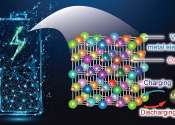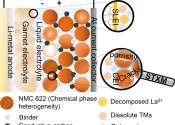Why batteries come in so many sizes and shapes
If you've looked in your utility drawer lately, you may have noticed the various shapes, sizes and types of batteries that power your electronic devices. First, there are the round, non-rechargeable button cells for your ...
Apr 8, 2024
0
23









